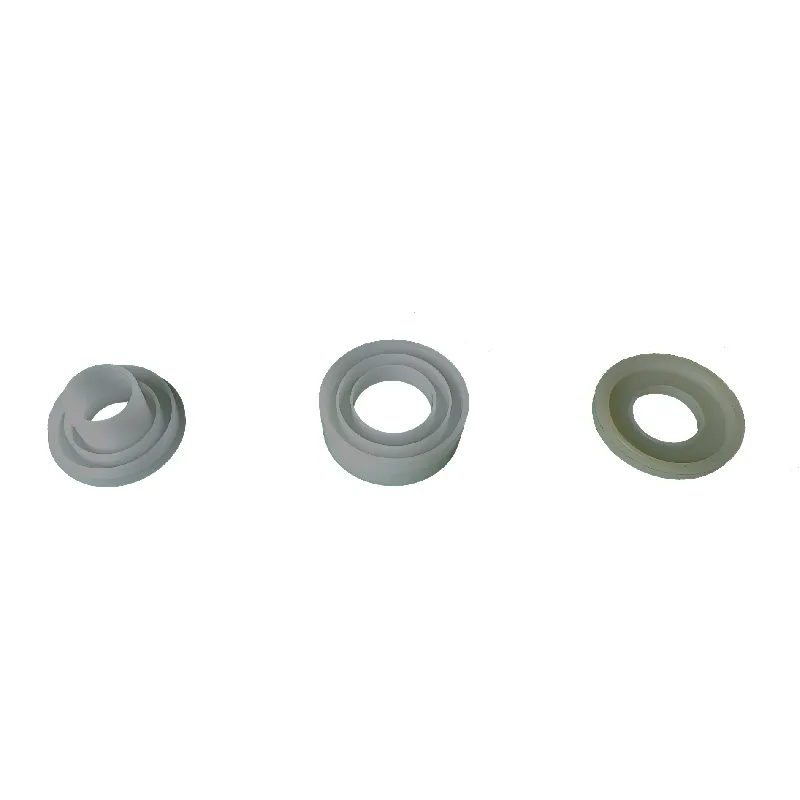 Afrikaans
Afrikaans  Albanian
Albanian  Amharic
Amharic  Arabic
Arabic  Armenian
Armenian  Azerbaijani
Azerbaijani  Basque
Basque  Belarusian
Belarusian  Bengali
Bengali  Bosnian
Bosnian  Bulgarian
Bulgarian  Catalan
Catalan  Cebuano
Cebuano  Corsican
Corsican  Croatian
Croatian  Czech
Czech  Danish
Danish  Dutch
Dutch  English
English  Esperanto
Esperanto  Estonian
Estonian  Finnish
Finnish  French
French  Frisian
Frisian  Galician
Galician  Georgian
Georgian  German
German  Greek
Greek  Gujarati
Gujarati  Haitian Creole
Haitian Creole  hausa
hausa  hawaiian
hawaiian  Hebrew
Hebrew  Hindi
Hindi  Miao
Miao  Hungarian
Hungarian  Icelandic
Icelandic  igbo
igbo  Indonesian
Indonesian  irish
irish  Italian
Italian  Japanese
Japanese  Javanese
Javanese  Kannada
Kannada  kazakh
kazakh  Khmer
Khmer  Rwandese
Rwandese  Korean
Korean  Kurdish
Kurdish  Kyrgyz
Kyrgyz  Lao
Lao  Latin
Latin  Latvian
Latvian  Lithuanian
Lithuanian  Luxembourgish
Luxembourgish  Macedonian
Macedonian  Malgashi
Malgashi  Malay
Malay  Malayalam
Malayalam  Maltese
Maltese  Maori
Maori  Marathi
Marathi  Mongolian
Mongolian  Myanmar
Myanmar  Nepali
Nepali  Norwegian
Norwegian  Norwegian
Norwegian  Occitan
Occitan  Pashto
Pashto  Persian
Persian  Polish
Polish  Portuguese
Portuguese  Punjabi
Punjabi  Romanian
Romanian  Russian
Russian  Samoan
Samoan  Scottish Gaelic
Scottish Gaelic  Serbian
Serbian  Sesotho
Sesotho  Shona
Shona  Sindhi
Sindhi  Sinhala
Sinhala  Slovak
Slovak  Slovenian
Slovenian  Somali
Somali  Spanish
Spanish  Sundanese
Sundanese  Swahili
Swahili  Swedish
Swedish  Tagalog
Tagalog  Tajik
Tajik  Tamil
Tamil  Tatar
Tatar  Telugu
Telugu  Thai
Thai  Turkish
Turkish  Turkmen
Turkmen  Ukrainian
Ukrainian  Urdu
Urdu  Uighur
Uighur  Uzbek
Uzbek  Vietnamese
Vietnamese  Welsh
Welsh  Bantu
Bantu  Yiddish
Yiddish  Yoruba
Yoruba  Zulu
Zulu Understanding the Role of Rollers and Idlers in Conveyor Systems
Rollers and Idlers Essential Components in Conveyor Systems
In the realm of material handling and industrial operations, the efficient movement of goods from one point to another is paramount. Among the various systems devised for this purpose, conveyor systems stand out as a hallmark of efficiency. At the heart of these systems are two crucial components rollers and idlers. Their design, function, and significance are fundamental to understanding how conveyor systems operate effectively.
The Role of Rollers
Rollers are the cylindrical components that facilitate the movement of materials along a conveyor belt. Typically made from materials like steel, plastic, or rubber, these rollers are strategically placed along the length of the conveyor to support and guide the belt. Their primary function is to reduce friction between the moving belt and the floor of the conveyor, enabling smoother operation and minimizing wear on the system.
There are several types of rollers employed in conveyor systems
1. Drive Rollers These are connected to a motor and provide the necessary force to move the conveyor belt. They are critical for initiating movement and are often designed with a textured surface to enhance grip.
2. Return Rollers Positioned on the return path of the belt, these rollers support the belt's weight during its non-load-carrying cycle. They help to maintain proper belt tension and prevent sagging.
3. Guiding Rollers These are used primarily to assist in keeping the belt aligned. Misalignment can lead to excessive wear and tear on both the belt and the supporting framework.
4. Impact Rollers Typically located at loading points, impact rollers absorb the shock and impact of materials as they are deposited on the belt. This feature is crucial for extending the life of the conveyor system.
The Importance of Idlers
rollers and idlers

Idlers are another essential component of conveyor systems, serving a somewhat different purpose than rollers. An idler is a non-driven roller used primarily to support the conveyor belt and allow it to move freely. They play a significant role in maintaining the tension of the conveyor belt and guiding it along its designated path.
Idlers come in various configurations, including
1. Flat Idlers Often used in applications where the belt carries bulk materials, flat idlers provide a stable surface for the belt to glide over, ensuring smooth operation.
2. Crowned Idlers These are slightly curved at the top to help center the belt and prevent it from drifting off to one side, particularly useful in inclined or declined conveyor sections.
3. Belt-Tensioning Idlers Used for maintaining appropriate tension in the conveyor belt to ensure it remains taut during operation, thereby reducing the risk of slippage.
The Synergy Between Rollers and Idlers
The interplay between rollers and idlers is crucial to the overall functionality of conveyor systems. While rollers are vital for motorized movement, idlers provide the necessary support and stability to keep the belt operating at peak efficiency. Together, they ensure that materials are transported with minimal friction and maximum reliability.
When considering the design and maintenance of a conveyor system, it is essential to select the appropriate types and configurations of rollers and idlers. Factors such as the size and weight of the materials being moved, the speed of the conveyor, and the environmental conditions (such as temperature and potential exposure to corrosive materials) all influence the choice of components.
Conclusion
In summary, rollers and idlers are indispensable elements of conveyor systems in diverse industries, from manufacturing to logistics. Their ability to facilitate smooth material handling while ensuring system longevity cannot be overstated. Understanding their function, types, and interrelationship is crucial for anyone involved in the design, operation, or maintenance of conveyor systems. As industries continue to evolve and demand greater efficiency, the role of these components will only grow in importance, solidifying their place as the backbone of material transport technology.
-
Revolutionizing Conveyor Reliability with Advanced Rubber Lagging PulleysNewsJul.22,2025
-
Powering Precision and Durability with Expert Manufacturers of Conveyor ComponentsNewsJul.22,2025
-
Optimizing Conveyor Systems with Advanced Conveyor AccessoriesNewsJul.22,2025
-
Maximize Conveyor Efficiency with Quality Conveyor Idler PulleysNewsJul.22,2025
-
Future-Proof Your Conveyor System with High-Performance Polyurethane RollerNewsJul.22,2025
-
Driving Efficiency Forward with Quality Idlers and RollersNewsJul.22,2025





























